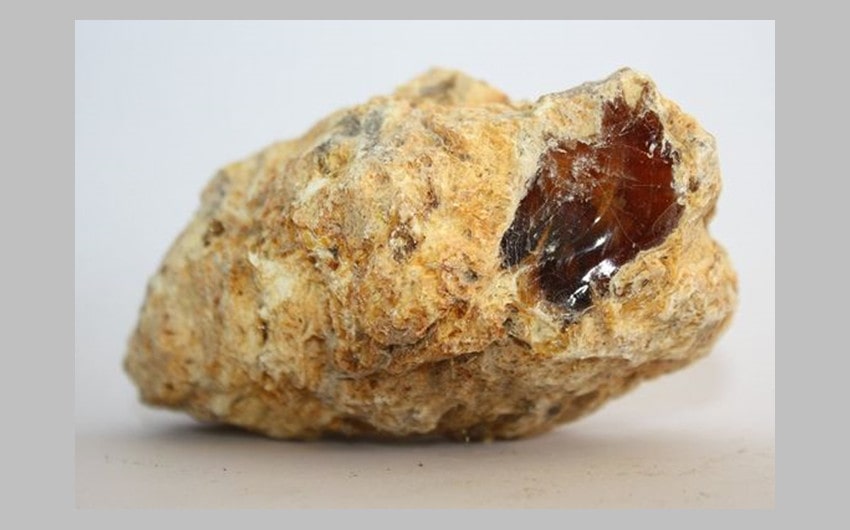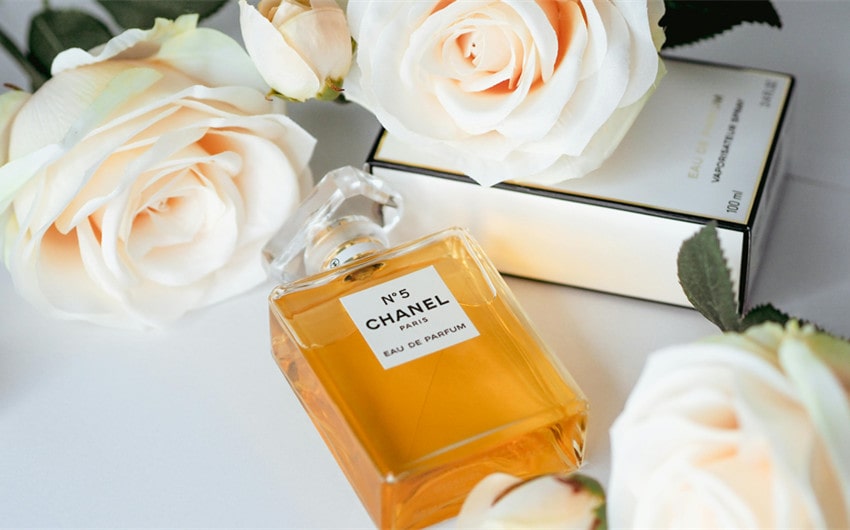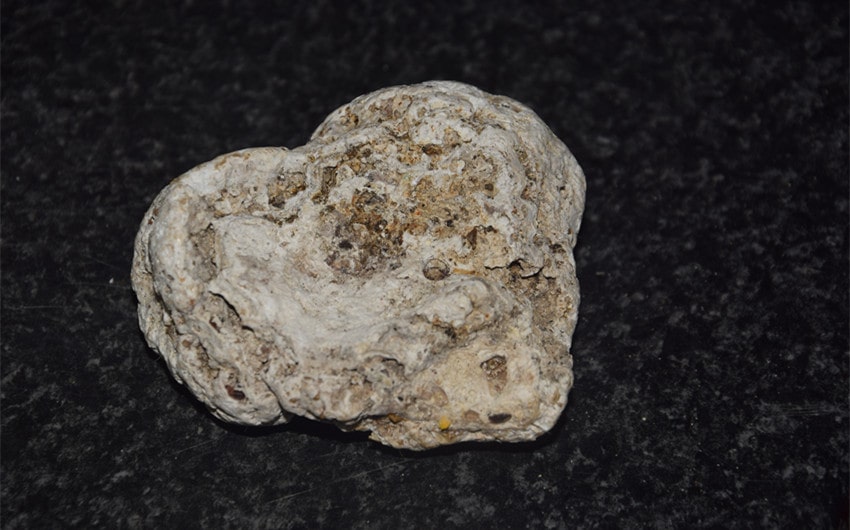What Does Ambergris Smell Like: Unique Characteristics
Ambergris has long been a prized ingredient in the world of perfumery, known for its unique and complex aroma. If you’ve ever wondered, “What does ambergris smell like?” You’re in for an intriguing exploration. This mysterious substance, formed in the digestive system of sperm whales, has a scent profile that can evoke warmth, sweetness, and earthiness.
Understanding its fragrance not only enriches your appreciation of perfumes but also connects you to the fascinating journey of this rare material from ocean to bottle. Let’s dive into the captivating scent of ambergris and its role in the fragrance industry.
What is Ambergris?
Ambergris is a unique and rare substance that plays a significant role in the world of perfumery. Often referred to as “floating gold,” it has a fascinating origin story and historical significance that adds to its allure.
a. Definition and Origin
Ambergris is a solid, waxy substance produced in the digestive system of sperm whales. It is formed when the whale’s intestines process indigestible materials, such as the beaks of squids. To protect itself from the irritation caused by these materials, the whale secretes a substance that eventually hardens and can be expelled into the ocean.
b. Formation Process
The formation of ambergris is a lengthy and complex process. Initially, it begins as a soft, grayish substance, which then undergoes oxidation and aging over time. This process can take several years, sometimes even decades. As it ages, ambergris becomes harder, darker, and develops a more complex scent profile.
c. Historical Uses and Cultural Significance
Historically, ambergris has been valued not just for its fragrance but also for its supposed medicinal properties. Ancient cultures used it in perfumes, incense, and traditional remedies. In medieval Europe, it was considered a luxury item, often associated with wealth and status.
Ambergris has also been mentioned in literature and art, symbolizing the exotic and mysterious. Its rarity and connection to the ocean have made it a subject of fascination for centuries.
The Scent Profile of Ambergris

Image source: Pinterest
Ambergris is renowned for its intricate and nuanced scent profile, which has captivated perfumers and fragrance enthusiasts alike. Its aroma is not only complex but also deeply evocative, reflecting its unique origins and the natural processes it undergoes. Below, we explore the primary characteristics of ambergris’s scent, the variations influenced by age and processing, and so on.
a. Primary Characteristics
Sweetness: One of the defining features of ambergris is its inherent sweetness, often likened to warm, rich notes reminiscent of caramel, honey, or even vanilla. This sweetness is not overwhelming but instead provides a soft, inviting quality that adds depth and allure to fragrances. It offers a comforting backdrop that can elevate both floral and gourmand compositions.
Earthy Undertones: Complementing its sweetness, ambergris presents a rich tapestry of earthy and woody undertones. This aspect evokes the essence of damp soil, forest floor, or even aged wood, creating a grounding effect that enhances the overall olfactory experience. Such earthy nuances connect the scent to nature, reinforcing its organic origins.
Musky Quality: The musky dimension of ambergris is particularly noteworthy. It introduces a sensual, warm element that can be both alluring and intimate. This muskiness, often described as velvety or creamy, contributes to a lingering presence on the skin, making it a favorite among perfumers aiming to create captivating, long-lasting fragrances.
b. Variation with Age and Processing
Fresh vs. Aged Ambergris: The scent of ambergris evolves significantly with aging. Fresh ambergris tends to possess lighter, more pronounced marine and saline qualities, reminiscent of ocean air. In contrast, aged ambergris develops a deeper, more complex aroma as its sweet and earthy elements mature. This transformation results in a sophisticated, multifaceted scent that is often sought after in high-end perfumery.
Impact of Environmental Factors: The aging process of ambergris is influenced by various environmental factors, such as exposure to sunlight, saltwater, and temperature variations. For instance, ambergris that has been aged in warmer climates may develop richer, more intense notes, while pieces exposed to constant sea air can retain fresher, more vibrant characteristics. This variability contributes to the uniqueness of each batch of ambergris, making it a highly prized commodity.
c. Comparison to Other Scents
Similarities to Musk: Ambergris is frequently compared to natural musk due to their shared warm, sensual qualities. However, ambergris encompasses a broader spectrum of aromas, combining sweetness and earthiness that differentiate it from traditional musk scents. This multifaceted nature allows ambergris to complement and enhance other fragrance elements, creating a balanced olfactory profile.
Marine and Oceanic Notes: Many aficionados describe ambergris as possessing a subtle marine or briny aspect, which evokes the essence of the sea and its inherent freshness. This oceanic connection not only enriches its scent but also reinforces the narrative of ambergris as a product of the natural world, grounding its allure in its unique origin story.
Ambergris in Perfumery

Ambergris has held a revered position in the world of perfumery for centuries, celebrated not only for its captivating scent but also for its unique properties that enhance fragrance formulations. This section explores the role of ambergris in perfumery, its historical significance, and its integration into modern fragrance creations.
a. Role of Ambergris as a Fixative
One of the primary functions of ambergris in perfumery is its role as a fixative. Fixatives are substances that help stabilize the volatile components of a fragrance, ensuring that the scent lingers longer on the skin. Ambergris achieves this by slowing down the evaporation of other fragrance notes, allowing the more ephemeral scents to remain detectable for extended periods.
- Enhancing Longevity: By incorporating ambergris into a fragrance, perfumers can significantly enhance the longevity of the scent. This characteristic is particularly valuable in luxury perfumes, where a long-lasting impression is desired. Ambergris not only holds the fragrance together but also contributes to the overall richness of the scent experience.
- Complexity and Depth: The unique scent profile of ambergris adds layers of complexity to fragrances. Its sweet, earthy, and musky notes can transform a simple composition into a more sophisticated blend, enhancing the overall olfactory narrative.
b. Historical Significance in Perfumery
The use of ambergris in perfumery dates back centuries and has been documented in various cultures around the world. In ancient Egypt, it was utilized in incense and as a key ingredient in luxurious perfumes reserved for royalty. Its rarity and connection to the ocean made it a symbol of wealth and opulence.
- Cultural Relevance: Throughout history, ambergris has been associated with exoticism and allure. It has appeared in literature and art, often symbolizing the mysterious and unattainable. This cultural significance continues to influence modern perfumers who seek to evoke a sense of history and tradition in their creations.
- Traditional Methods: In earlier times, perfumers used natural ambergris directly in their formulations, relying on its unique characteristics to create memorable scents. Although synthetic alternatives are now more commonly used, the historical legacy of ambergris remains a guiding force in the craft of perfumery.
c. Examples of Popular Perfumes Featuring Ambergris
Numerous high-end fragrances incorporate ambergris, highlighting its desirability and versatility. Some notable examples include:
- Chanel No. 5: This iconic fragrance features a blend of floral and aldehydic notes, with ambergris adding depth and a subtle warmth that enhances its complexity.
- Tom Ford’s Tuscan Leather: In this bold fragrance, ambergris complements the rich, leather notes, providing a musky foundation that grounds the overall scent.
- Creed Aventus: Renowned for its fruity and woody profile, this fragrance incorporates ambergris to add a luxurious touch, enhancing its longevity and richness.
These examples demonstrate how ambergris can elevate a fragrance, providing a sophisticated character that resonates with consumers seeking depth and quality.







